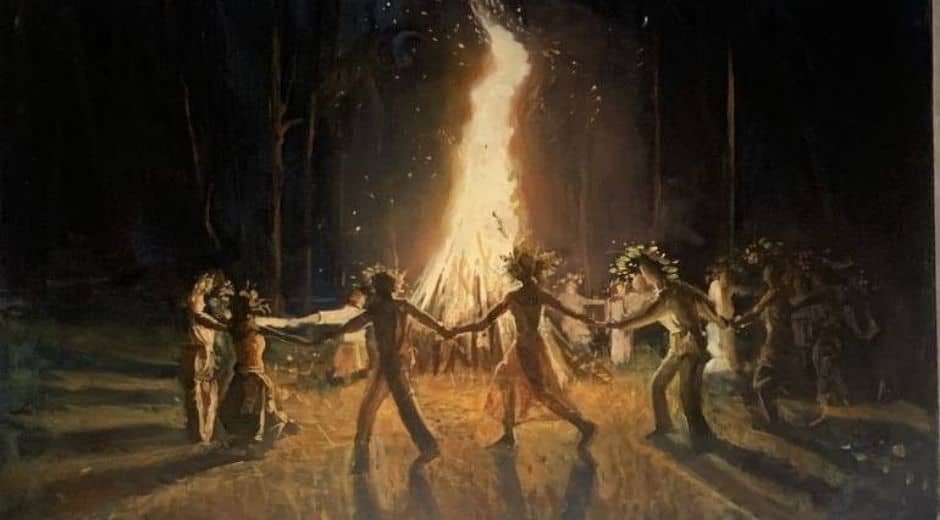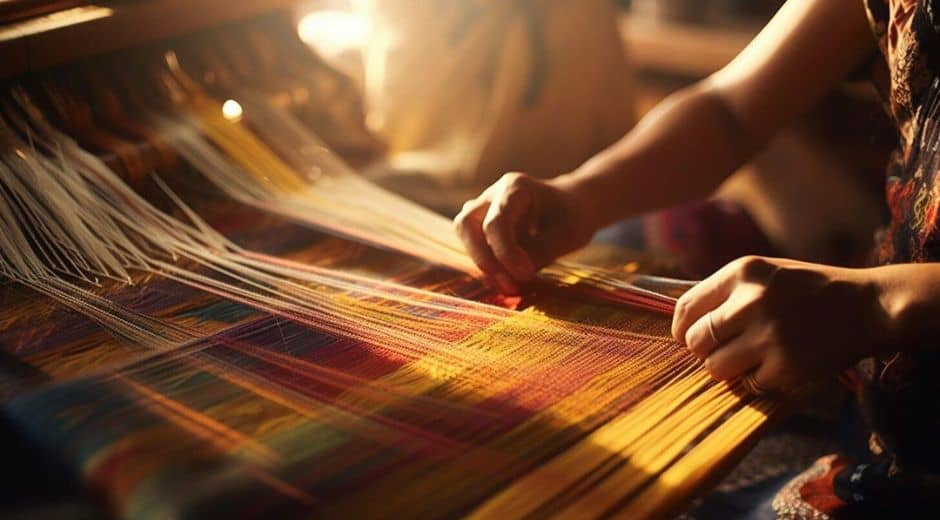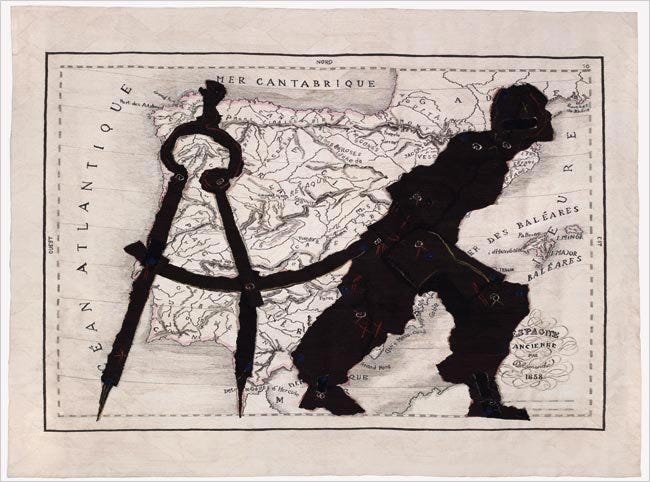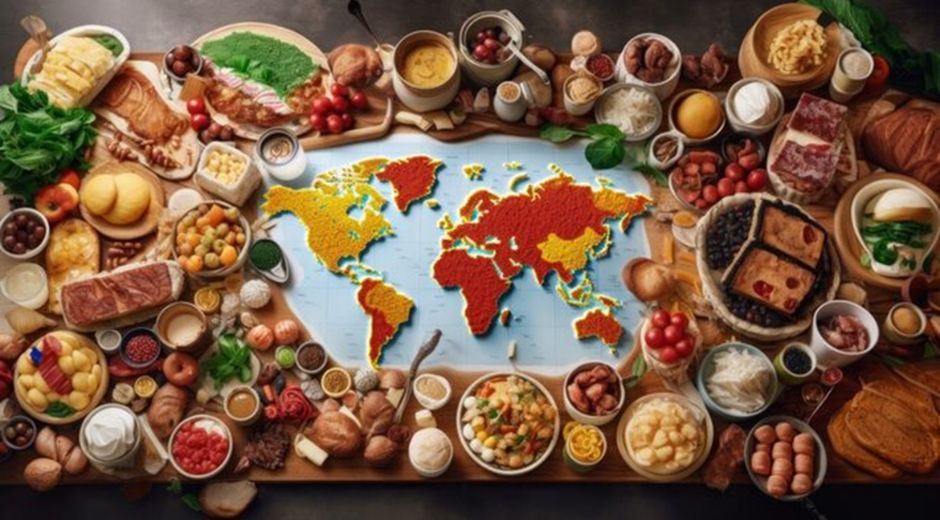The Rhythm of Interpretation: Culture Shapes the Way We See
The Rhythm of Interpretation: Culture Shapes the Way We See
Every image, story, and symbol we encounter carries traces of the environment it was born in. From architecture and language to digital media, everything we create reflects collective memory. The way we interpret these elements depends on our background — the stories we’ve heard, the places we’ve lived, and the values we’ve absorbed.
This process is called cultural perception — the lens through which societies view and assign meaning to what surrounds them. It is why a gesture that seems ordinary in one part of the world may be deeply significant elsewhere. It’s how sound, color, or gesture becomes more than form; it becomes interpretation.
Shared Perspective and Context
Culture is not static. It shifts, blends, and adapts through dialogue and exchange. What defines interpretation in one era can evolve entirely in the next.
The same piece of design, for instance, may evoke nostalgia in one generation and curiosity in another. Context is the bridge between what is created and how it is received.
Understanding this shift is vital for anyone involved in communication, from design to storytelling. Awareness of cultural perception allows ideas to travel further and resonate deeper.
A closer look at creative routines in illustration shows how personal practices and cultural influence can merge to shape visual narratives that transcend location.
Cultural Layers in Visual Communication
When we look at an image, we rarely see just color or shape — we see meaning.
A geometric pattern might carry centuries of spiritual reference. A color palette might evoke an entire geographic identity.
Cultural interpretation gives symbols their emotional resonance.
For example, the color red can signify vitality and fortune in one region, while representing caution or conflict in another. The meaning lies not in the hue itself, but in the shared experiences attached to it.
This shows how perception is built through repeated patterns of recognition and association — an ongoing conversation between individual understanding and collective memory.
Movement, Music, and Memory
Cultural expression often functions like rhythm — repetition creates recognition, and variation keeps it alive. Music, dance, and visual form all use repetition to establish familiarity while allowing room for reinterpretation.
Consider how a melody passed down through generations changes slightly each time it’s performed. Every new voice adds detail while retaining the original structure.
The same happens in cultural design and storytelling: we rework what we inherit, adapting it to fit our time while honoring its origins.
Through this repetition, people find connection. Shared symbols become touchpoints — reminders of where we come from and how our experiences overlap.
The Language of Material and Form
Objects often communicate across cultures without words. The texture of fabric, the curve of a vessel, or the rhythm of an architectural detail can express values and identity. These elements show how deeply intertwined creation and culture are.
By studying the forms that societies choose to represent themselves, we gain insight into their priorities — balance, endurance, renewal, or progress.
Even modern visual platforms, built on global networks, continue to reflect these local nuances. The aesthetics of modern urban spaces, for example, often mirror the traditions of the region while reinterpreting them through new mediums.
This interaction between traditional reference and modern adaptation ensures that identity remains visible in an interconnected world.
Economy and Expression
Cultural perception also influences how industries evolve. Businesses and creators who understand this dynamic can communicate with authenticity and relevance. Recognizing local perspectives allows for better dialogue between communities and consumers.
As discussed on FinanceWorldHub.com, the business sector increasingly acknowledges the importance of cultural awareness. Brands that approach design and communication with sensitivity toward heritage and context often gain deeper loyalty and trust.
This alignment between commerce and cultural understanding suggests a broader truth: success in any creative or social field depends on empathy — the willingness to see the world through multiple lenses.
Interpretation in Transition
Our interpretation of culture continues to change as the world becomes more interconnected. Yet diversity remains essential — it preserves individuality within connection.
Different perspectives do not divide; they enrich understanding by broadening the range of possible meanings.
The exchange of ideas between societies encourages innovation, not imitation. When we learn from other perspectives, we expand the vocabulary of visual and cultural dialogue.
MuseaTime itself has always emphasized the importance of this movement — of seeing culture as an evolving rhythm that shapes how we design, speak, and remember. Each piece of communication, whether verbal, visual, or structural, participates in this wider conversation.
The Continuing Flow of Perception
Cultural perception is not fixed; it flows. It carries fragments of the past and expectations of the future. It is the invisible current behind everything we create, from cityscapes to typography.
Recognizing it allows us to approach the world not as a collection of differences, but as a network of meaning — interconnected, evolving, and profoundly human.
As we move forward, understanding this rhythm becomes increasingly vital. Every interpretation, every design choice, every narrative contributes to how societies see themselves and each other. And in that exchange, culture continues to grow.
Inspiration Expression Eternity

Shaping Atmosphere: How Visual Choices Transform a Space
A space changes instantly through form, color, shadow, and arrangement. Explore how thoughtful visual decisions influence mood and elevate everyday interiors.

Shaping a Scene: How Structure Guides the Eye
Every sketch benefits from structure. By guiding the viewer’s eye with thoughtful arrangement, illustrators create pieces that feel intentional, balanced, and visually inviting.
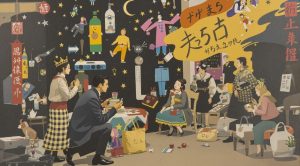
How Traditions Evolve Through Modern Life
Traditions don’t disappear as time passes — they shift, adapt, and take on new forms. Explore how modern life reshapes long-standing customs while keeping their spirit alive.





